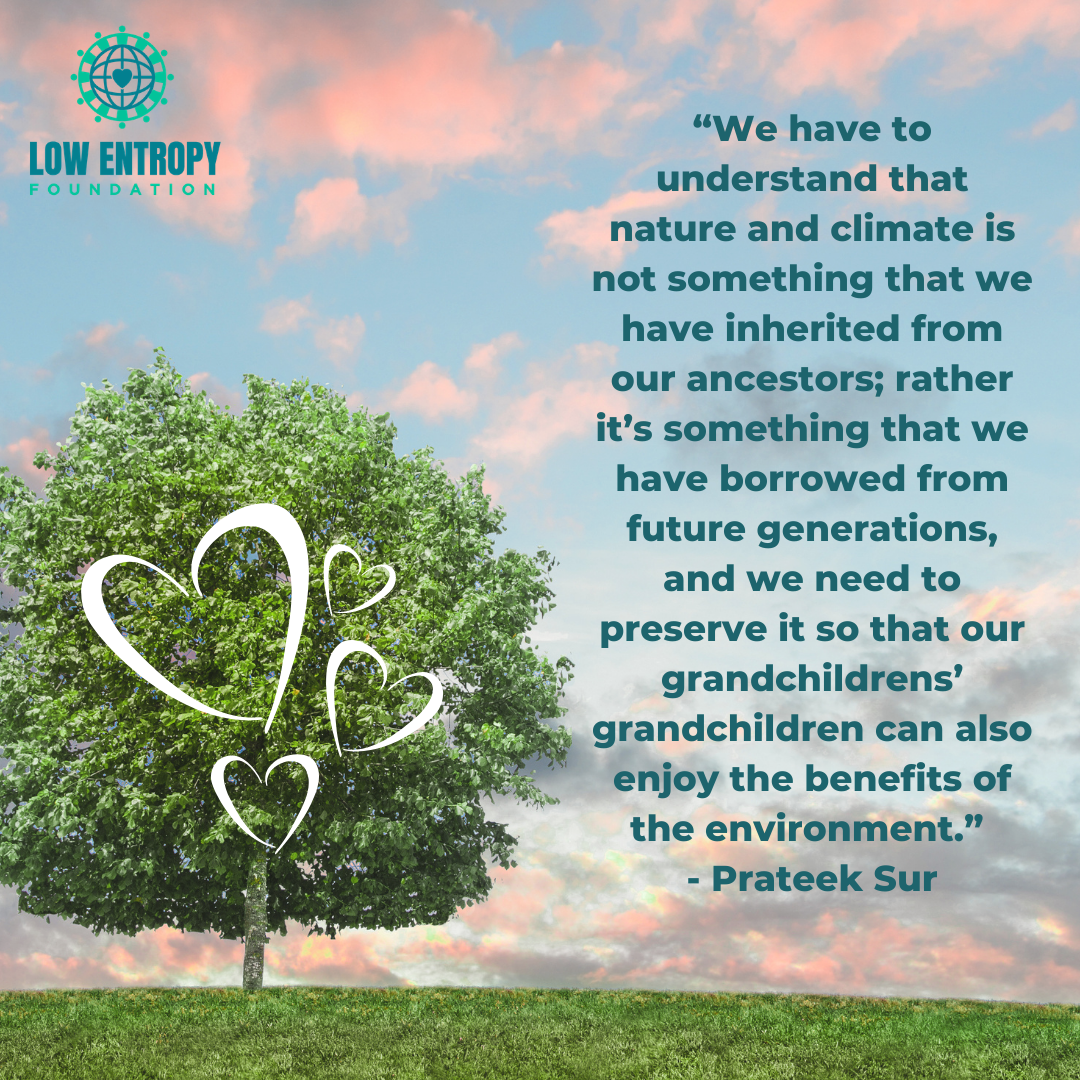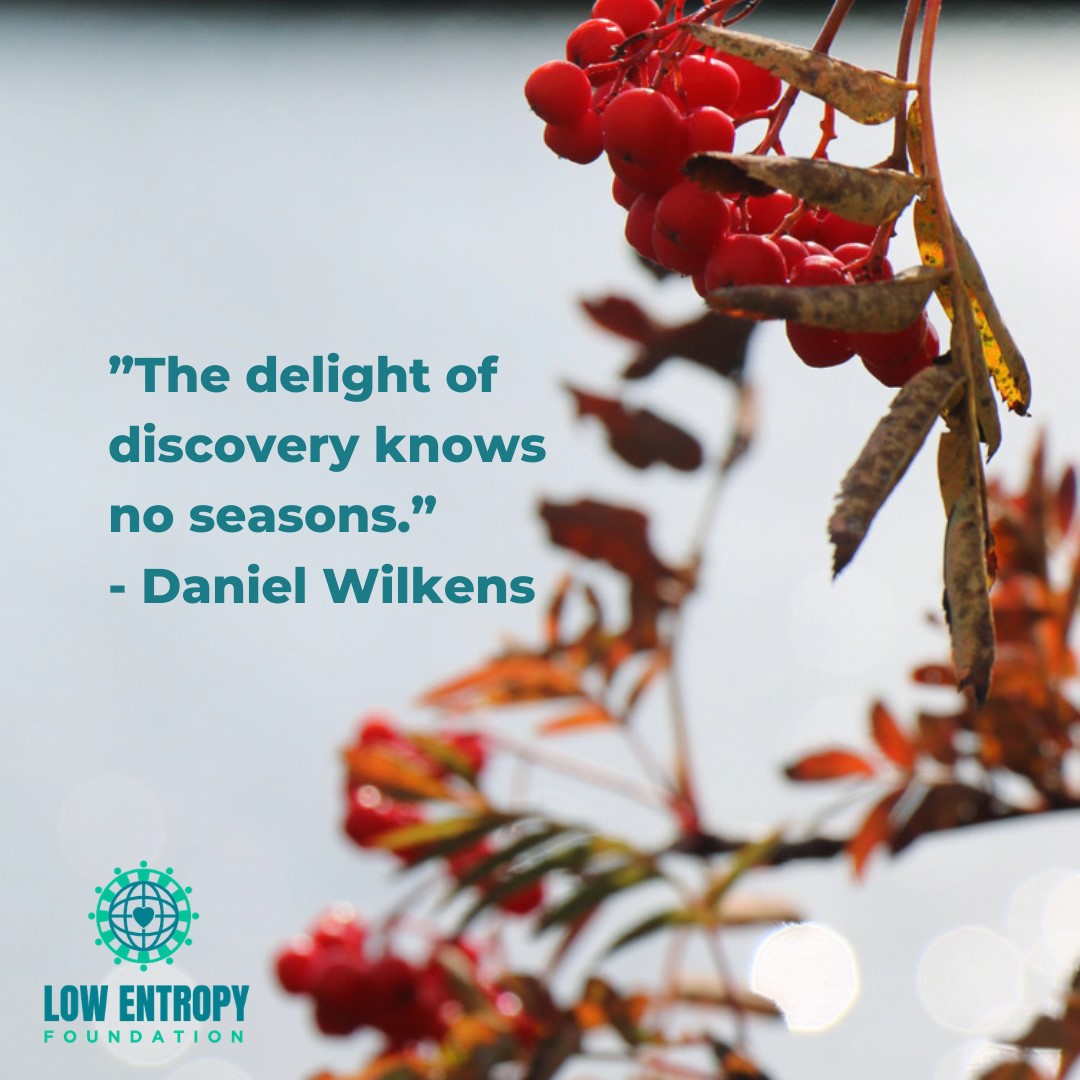Low Entropy Volunteer Writer Prateek Sur opens up about how climate change has affected his personal and family life, and how it pushed him to move from India to Canada.
There is no denying the fact that climate change is real. Having grown up in India and having stayed in a few different cities across the country that have varied climates, I can clearly say that the climatic condition has changed a lot.
I grew up in a city called Jamshedpur for the first 17 years of my life, and ended up enjoying all climatic and weather conditions. We used to have summers between mid-March and mid-June. Then the monsoons used to last from mid-June to the end of August. After that, in September and October, we would have the autumn season, and from November till mid-February we would have the winters. Lastly, from mid-February to mid-March, we would have the spring season.
But this weather pattern has completely changed now. It’s been almost 15 years now since I lived in Jamshedpur, but I visit every now and then, as my parents live there. Whenever I go, the weather is never what it used to be in my childhood. The summers are drastically longer; the winters have reduced considerably. The interim seasons of spring and autumn are somewhat lost or perhaps reduced to just a couple of days. Seeing this, I feel that climate change is indeed real.
After my initial 17 years in Jamshedpur, I moved to the city of Chennai in the southern part of India. The weather here was completely different from what I was used to in Jamshedpur. It was summers throughout the year except for mid-November to mid-January, when it used to rain heavily. I stayed there for five years and never had I ever experienced any form of winter there.
For the last 10 years, I have been living in Mumbai, which also has pretty much the same weather as Chennai. It has summers year-round, with monsoons coming in from June to August. The monsoons are when the weather is the best in Mumbai, as you don’t feel the enormous humid heat. However, the rains are so intense that during the monsoons you’ll be forced to stay indoors for most of the day, as the roads will get clogged due to waterlogging.
I’ve also stayed in a number of other cities, domestic and abroad, albeit for shorter durations. However, it has almost always been in the tropics.
One very prominent thing that I’ve noticed all through my life is the increase in the summers and the intensity of the heat. We all have heard about how, due to the greenhouse effect caused by pollution and the enormous amount of carbon monoxide we’re producing year-round, the Earth’s temperature is increasing slowly and steadily. The ice caps in Antarctica and the Arctic Circle are melting at an alarming rate. That is causing sea levels to rise, and there will come a day in the next 70-80 years when the coastal cities will be submerged in the oceans or seas. A city like Mumbai is one of the top five that are facing this impending elimination from the face of the Earth.
The heat levels in Mumbai used to be at a year-round high of 42 degree centigrade in the 1990s, and now it has gone up to 48 degrees centigrade. It is predicted that, in a couple of decades, the maximum temperature would exceed 50 degrees centigrade.
This is one of the reasons why I am planning to move to Canada, possibly Vancouver. I have been an advocate of living in my country all my life, but the climatic conditions in Mumbai are growing unbearable. On top of that, the amount of pollution that we’re living in never seems to lessen.
For my family, I would like to live in a better climatic condition. Climatic changes are affecting my family adversely and I would love to lead a better life where I can have peace of mind in a place with cooler weather.
In closing, I would like to emphasize that climate change is real. We, as a human race, have all the facilities and technologies to improve it. The only thing needed is the will to stand up and change ourselves and our ways. The sooner we do that, the longer our generations will survive. We have to understand that nature and climate is not something that we have inherited from our ancestors; rather it’s something that we have borrowed from future generations, and we need to preserve it so that our grandchildrens’ grandchildren can also enjoy the benefits of the environment.
How are things where you live? Let us know in the comments below or on any of our social media channels!








